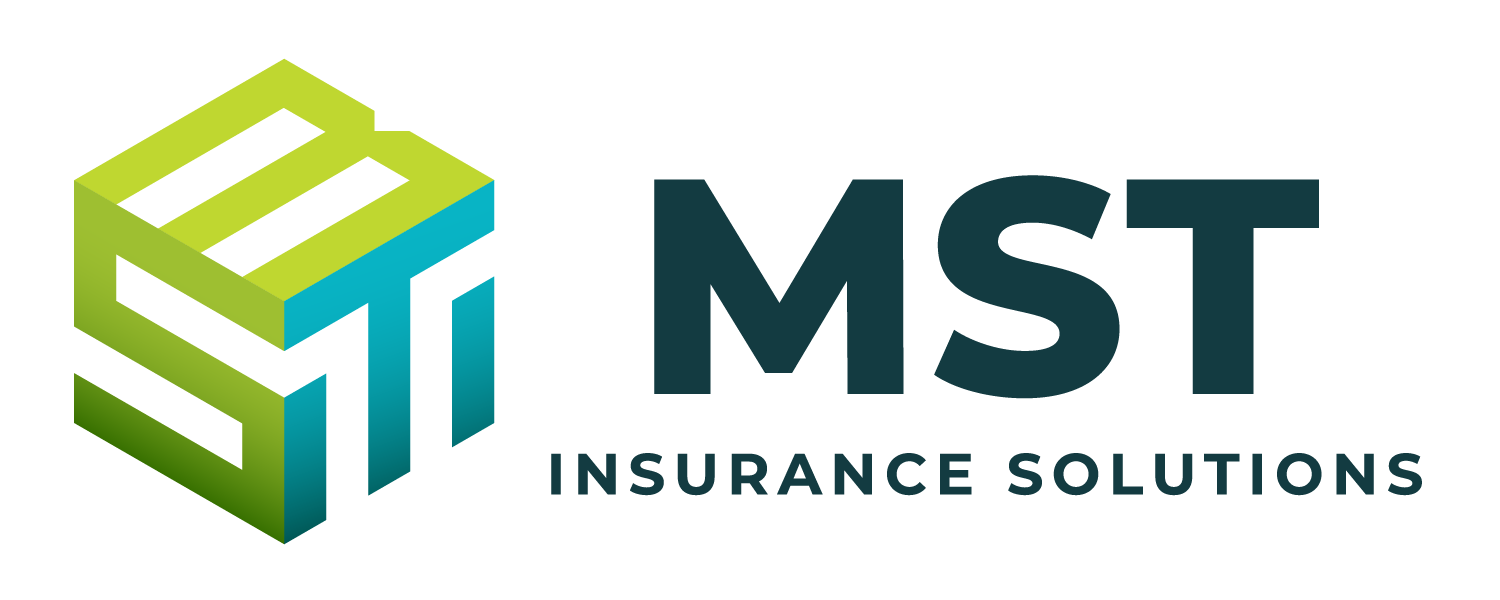In fast-paced and demanding work environments, the importance of mental health cannot be overstated. Employees who are mentally well are more productive, engaged and satisfied with their jobs.
Mental health treatment, including therapy, medication and self-care, can help people who are experiencing mental illness. However, taking that first step toward recovery or seeking help can be challenging. The National Alliance on Mental Illness (NAMI) reports that the average delay between the onset of mental health symptoms and treatment is 11 years. A myriad of factors, such as cost, access and stigma, can hold workers back from receiving the mental health support and treatment they need. Employers can help employees overcome these barriers, understand available treatment options and start their recovery journey.
This article explores barriers to mental health care and ways employers can help break them down to support employees holistically.
The Importance of Mental Health Benefits
Before delving into the strategies, it’s crucial to understand why mental health benefits are so essential in the workplace:
Improved employee well-being—Mental health benefits help employees manage stress, anxiety and other mental health issues, which can lead to improved overall well-being and happiness.
Increased productivity—Employees with access to mental health support are more likely to be productive, as they can better manage work-related stress and challenges.
Reduced absenteeism—Mental health benefits can help reduce absenteeism caused by mental health issues, leading to employer cost savings. In fact, the U.S. Centers for Disease Control and Prevention reports that depression alone causes an estimated 200 million lost workdays each year, costing employers $17 billion to $44 billion.
Enhanced employee engagement—Employees who feel supported in their mental health are more engaged and committed to their jobs and the company.
Talent attraction and retention—Offering robust mental health benefits can make an organization more attractive to potential employees and help retain current talent.
While more employers may focus on their businesses’ bottom line, mental health support is not to be overlooked as it can have ripple effects. A 2023 study by mindfulness app Calm found that for every $1 invested in employees’ mental health, employers can save $2-$4 on other expenses, such as health care costs—that’s a win-win in today’s economic climate. Employee mental health is more important than ever before, and employers are in a position to offer resources and support their employees.
Removing Benefits Barriers
More employers recognize the significance of promoting mental well-being in the workplace and offer a range of mental health benefits to support their employees. However, barriers can still prevent employees from accessing these essential benefits. To address the numerous barriers to mental health care, employers can consider the following strategies for increasing access to proper care and normalizing mental health support:
Review benefits offerings. One way to address employee mental health is by ensuring mental health is incorporated into health care offerings. These are some popular benefits or policies:
-Inclusive health insurance plans with mental health coverage
-Employee assistance programs
-Flexible work arrangements
-Paid caregiving leave
-Mental health days
Educate about available benefits. In addition to educating employees about available mental health benefits and resources, employers can explain how to leverage other benefits to make mental health treatment and services more attainable or offset out-of-pocket expenses. For example, funds from health savings and flexible spending accounts can generally be used to pay for mental health therapy.
Reduce the stigma. Employers can build trust with employees by showing them they won’t be fired or punished for mental health issues. They can do this by openly discussing mental health in the workplace, encouraging self-care and allowing flexible scheduling for employees to get mental health treatment. Additionally, employers can educate employees on improving their mental health with in-office training on self-care, stress management and mental health issues.
Promote work-life balance. Employees who feel they have a good balance between their jobs and personal lives are likelier to be healthy, happy and productive workers. Organizations can foster a healthy work-life balance among workers by providing them the time and flexibility they need for a flourishing personal life, requiring them to take minimum vacation time, and encouraging them to unplug from their jobs when not in the office or outside of working hours. Additionally, flexible work schedules can allow employees sufficient time to seek and obtain mental health services.
Support caregiver responsibilities. The COVID-19 pandemic put caregiving in the spotlight, illuminating the mental health challenges that they can face. While caregivers often focus on others, they should also care for their mental health.
Support employee wellness. Exercise, healthy eating and good sleep habits are crucial for mental health and resilience.
Employers can boost employees’ mental health by encouraging healthy behaviors through wellness programs and offering employee incentives, such as healthy lunches and free gym memberships. Employers should also consider offering employee assistance benefits (e.g., free counseling or therapy) to help employees struggling with mental health or other problems.
Summary
Mental health challenges are prevalent in the workplace. Fortunately, employers can be impactful by supporting and facilitating mentally healthy workplaces. They can boost employee mental health and overall wellness by creating open and trusting work environments and providing employees with mental health resources and support.
Contact us for more employee benefits resources.
For a copy of this notice, click here: Strategies to Address Barriers to Mental Health Benefits

